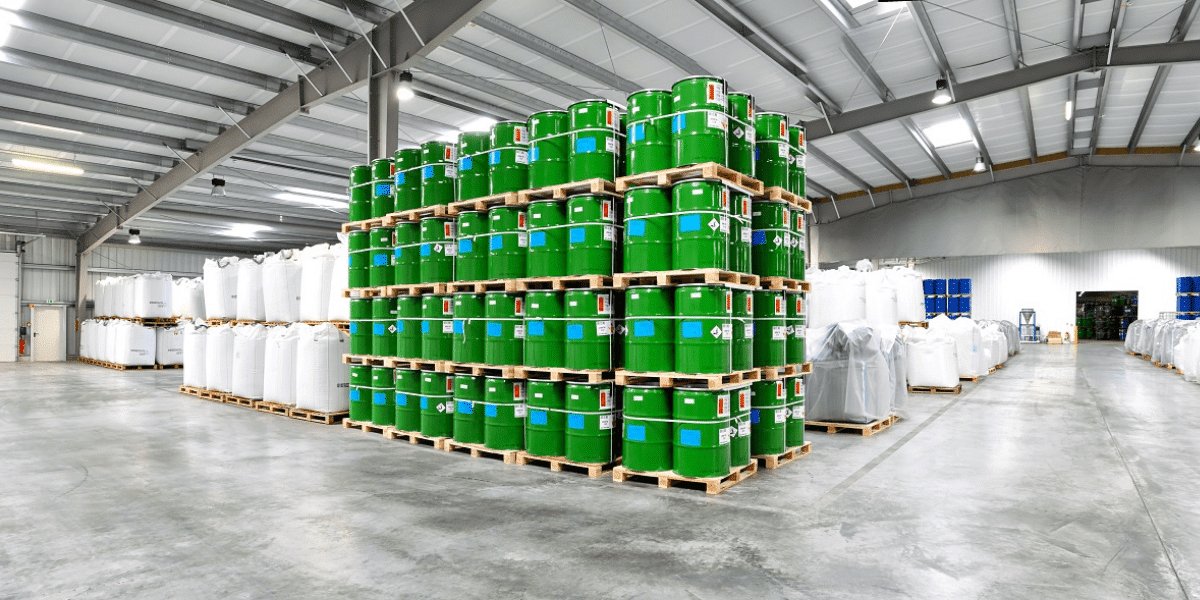Degreasing is a process used in many industries to remove unwanted dirt, grime, grease, or oil from a piece of machinery or to prepare a part for finishing. A variety of products are applicable to accomplish this task; however, many companies are turning to acetone to meet their degreasing needs. Acetone is a colorless, flammable organic compound that can be mixed with water and serves as an important solvent in several industries. Approximately one-third of the Acetone found throughout the world is applied as a solvent or cleaning agent. It is a dependable choice for these among other items:
• Plastics
• Synthetic Fibers
• Thinning of Polyester Resin
• Tool Cleaning
• Metal Preparation
• Soldering Applications
While extremely flammable, this particular cleaning agent meets a number of needs and is becoming a preferred choice because it is not considered to be a dangerous volatile organic compound or hazardous air pollutant. Acetone is one of the most commonly available solvents next to water and its use is not heavily regulated by the Environmental Protection Agency (EPA).
Understanding the Pros of Acetone
A volatile organic compound or VOC is a substance capable of polluting the environment. The EPA regulates these items to make certain they are used, stored, and disposed of correctly in order to prevent environmental harm. Hazardous air pollutants or HAP’s are chemicals capable of causing health related problems in the event of being inhaled. Acetone does have an intense odor, but is nonthreatening as a vapor when exposure remains limited or low. Companies choose to use acetone because there are no regulations regarding how much is used. Manufacturers are also not subject to extensive EPA regulations as with alternative degreasing products. The organic compound provides a useful option since it can be mixed with various types of solvents. It is also a mixable option for items such as paints, coloring products, and finishes since it can be combined with water. This makes it an ideal choice in finishing industries where a part or item must be prepared for coating purposes or a particular type of coating needs an additional agent.
Degreasing Purposes
Acetone evaporates much faster than alternative choices and serves as one of the strongest in regards to easy obtainability. As a degreaser, it is extremely dry and non-oily thus ensuring no additional film is left behind as the cleaning process takes place. Flammability properties increase the importance of making certain vapors are not allowed to build up extensively. This situation can result in an explosion or form of flash fire by a single spark. The strength of acetone poses a few problems in instances where a paint or finish should not be removed. It should only be used as a cleaner on solvent-resistant finishes such as varnish or epoxy resin. Acetone has many purposes in equipment maintenance, cleaning, degreasing, finishing, and paint removal. It is capable of eliminating heavy amounts of grease and other unwanted items from surfaces without the introduction of a VOC or HAP oriented agent into the surrounding atmosphere. When used for degreasing, acetone eliminates many of the concerns associated with heavy duty equipment or surface contaminant removal products and finishing processes.
If you are looking for an industrial or commercial strength acetone product for you business or workshop, please call 800 886-8240 or email info@ecolink.com to order hassle-free and save money. We guarantee a response within 24 hours.














